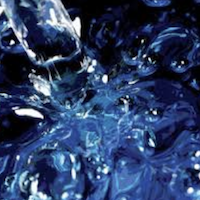Effectiveness of alkaline electrolyzed water in reducing bacterial load on surfaces intended to come into contact with food

Accepted: 21 September 2021
HTML: 16
All claims expressed in this article are solely those of the authors and do not necessarily represent those of their affiliated organizations, or those of the publisher, the editors and the reviewers. Any product that may be evaluated in this article or claim that may be made by its manufacturer is not guaranteed or endorsed by the publisher.
Alkaline electrolyzed water (REW) is known for its cleaning action. The aim of this work was to assess REW effectiveness in reducing microbial load on surfaces intended for contact with food. Stainlesssteel surfaces were experimentally contaminated, bacterial inactivation was tested before and after treatment with REW. Treatment with REW was operated spraying it on the contaminated plates until drying. Tests were conducted for Salmonella spp., Listeria spp., Staphylococcus aureus and Escherichia coli. The treatment revealed different degrees of sanitizing activity of REW on different bacterial species, with higher efficacy on E. coli and Salmonella spp. than S. aureus, Listeria spp.. Statistical analysis revealed a significant microbial load reduction (p<0.01) after treatment with REW, suggesting that it has a good disinfectant activity which, along with its easy and safe use, makes it a good alternative to many other more widely used disinfectants.
PAGEPress has chosen to apply the Creative Commons Attribution NonCommercial 4.0 International License (CC BY-NC 4.0) to all manuscripts to be published.


 https://doi.org/10.4081/ijfs.2021.9988
https://doi.org/10.4081/ijfs.2021.9988



